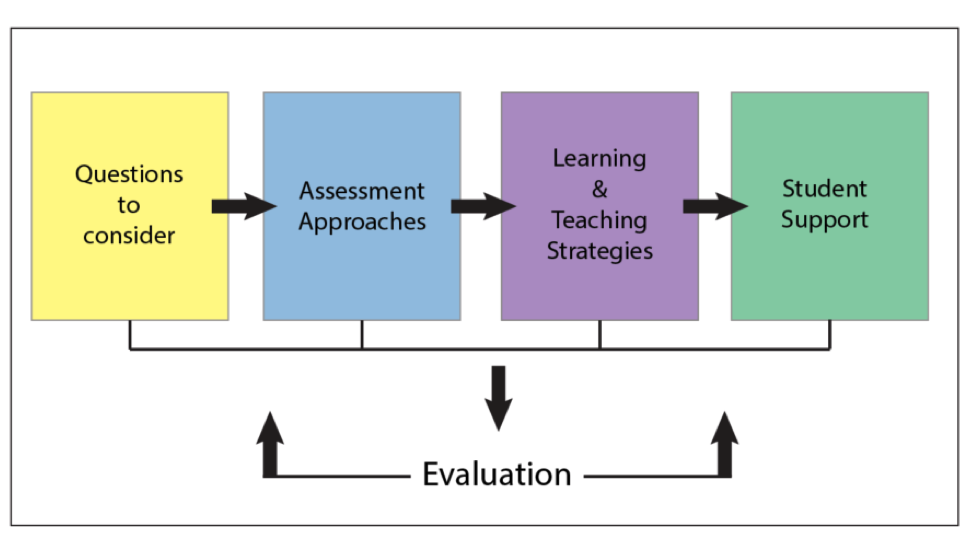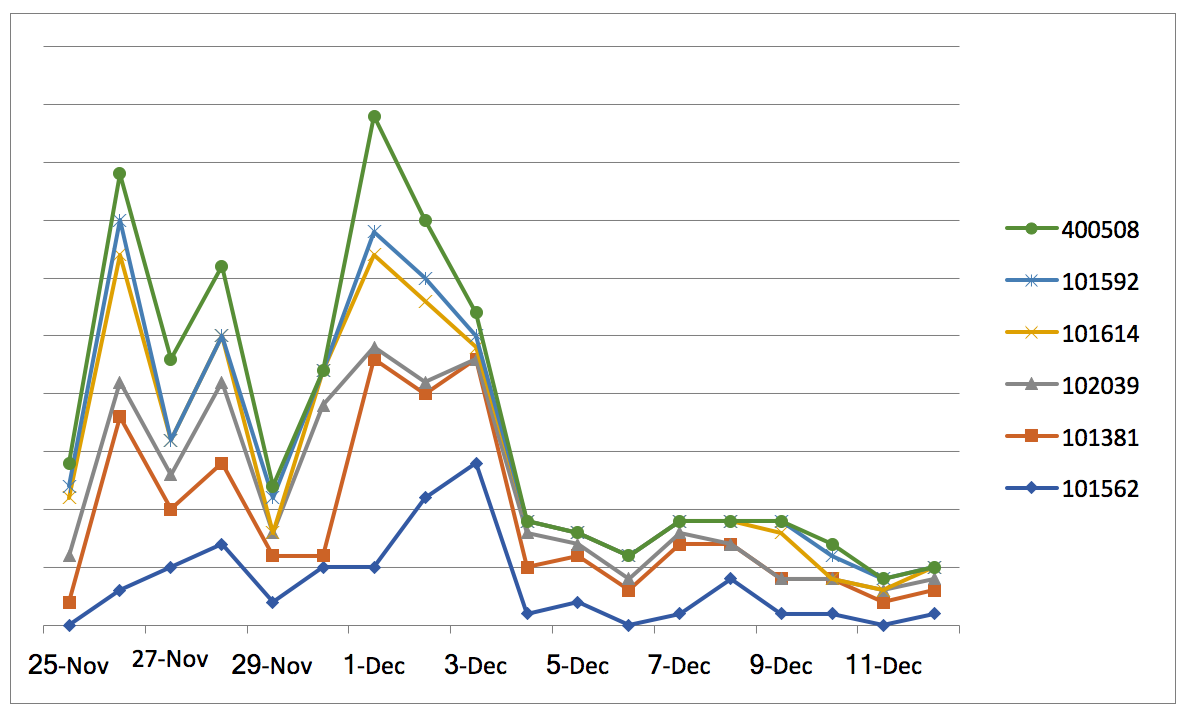|
Feeling overwhelmed to design your summer subject in Intensive Mode delivery? You are in the right place. In this blog post, I will share my ‘secrets’ on how to go about this massive task. I have run learning design workshops in Intensive Mode delivery before at Macquarie and Western Sydney University. I also designed a couple of dozens of subjects for summer school (Science, Education, Psychology, and Social Sciences). Scholars have discussed before the term of Compress Mode (CM) to refer to Intensive Mode (IM) delivery. I personally don’t like to use compress as, in digital media means compromise quality of the product. I believe IM subjects need to maintain the pedagogical integrity and cover the same topics/assessment tasks that are delivered in standard sessions. Intensive Mode (IM) Facts Here are some facts on IM highlighted by scholars:
An Effective Learning Design for Intensive Mode (IM) Delivery But you wonder, what a successful learning design for IM may consider?
Do you think this is a hard? Yes, it is, but it is possible. A Framework to Guide Intensive Mode Delivery In 2015, we developed a Framework called ‘A Model for Intensive Mode Delivery’ (MIMD) (Figure 1). The framework considers 4 stages in the learning design process: i) questions to ask before designing the subject; ii) assessment approaches; iii) learning and teaching strategies, and; iv) student support. This model was used to implement IM delivery subjects at Macquarie University, Faculty of Business. The intervention has been published this year as full paper at the EdMedia Conference Proceedings. Figure 1: A Model for Intensive Mode Delivery (MIMD) Questions to consider The first step in our model is a set of questions to help academics to think about learning design for IM:
Assessment Approaches Intensive Mode requires sophisticated and meaningful assessment design. Including formative assessment, ensure students receive regular feedback to be aware of their progress in the subject. Adopting an active learning design promotes a student-centred model for learning. Assessments should facilitate reflection mostly due to the shortened timeframe for consideration. For example, offering small group discussions and journal keeping as a way forward and designing content to be digestible chunks. Learning and Teaching Strategies One of the first things to consider for IM subjects is re-configuring the subject schedule including aligning assessment due dates. Also, it is recommended both curriculum and instructional approaches to be modified in the interest of facilitating different learner profiles. Variety is a learning and teaching strategy that is often mentioned for IM delivery. Variety can be achieved in pace and form of content delivery and using different activities to name a few. In addition to using varied approaches to content is using content that is personalised, aligned to learning outcomes, and focused on depth. Learning resources should also be selected and delivered bearing in mind the time and pace, variety and the student profile. Student Support Student-preparedness can impact engagement in IM subjects. By being mindful of the limited time frame providing more instruction is more, ensuring all materials for learning are readily available (to ensure time is not wasted in searching), and giving and eliciting feedback are strategies for supporting students. Providing students with early access to content is a way to give students a head start. Teacher qualities are one of the paramount requirements for delivering IM, a relaxed learning environment, fostering close relationships and more interaction with peers and their teacher is regarded favourable. Evaluation Evaluation ensures to gather student experience in IM subjects for further improvement the following session. This to consider for evaluation are:
I designed an online survey to evaluate IM delivery (blended approach), I will be happy to provide a copy of the questions. Timing Activities that will Occur in IM Delivery It is important to ensure that the workload of IM subjects is equivalent as standard semester/sessions. You don’t want to give the students the opportunity to think IM is easy than the standard session. We will put an example for you to visualise what I am saying: Let’s imagine a standard session is 12 weeks. Each week students will have 4 contact hours on campus (F2F Lectures, Tutorials and/or Practicals). Then, it is recommended for them to spend 6 hours of self-directed learning activities. So, a week of study during the standard session will be 10 hours, multiply by 12 is 120 hours. If your subject for summer session will be delivered in 4 weeks, it means the workload per week for the students will be 30 hrs. So, this means students will be only able to enrol in one subject at a time for summer. When I was the Blended Learning advisor for Western Sydney University, using this rationale, we developed the SUNSET Tool. In a nutshell, this tool is:
You may use this tool to design your summer session, it is free! Bear in mind, a summer subject should have the same assignment structure than the standard session, and this is called assignment integrity. Additional Tips Welcome videos are essential to set the scene and expectations. The welcome video needs to be uploaded a week before the summer session starts. Figure 2 presents video watching patterns for summer sessions (WSU, 2014). The first peak was reached a week before the semester and the second peak when the semester started. Additionally, weekly video to remind the students to be on task has been proved to be beneficial. You don’t need to produce fancy videos, you can use your laptop camera and summarise the expectations for the week. Is not the same missing a week in the standard semester than missing a week in IM subject. Figure 2: Number of students who watched the welcome video for six different subjects Possible Issues with the Design of Summer Subjects
In summary, IM delivery brings opportunities to rethink the learning design for our subjects and sometimes help to ‘dump’ subject content that we are emotionally attached. The world has changed, and we need to make education relevant to the times we live. Remember, a good learning design takes time, and it is an iterative process. Finally, if you go to the beach this summer, don’t forget your sunscreen! As usual, happy to answer any query you may have. Adios, Jorge Comments are closed.
|
AuthorDr Jorge Reyna Archives
August 2021
Categories
All
Copyright © 2023
jorge-reyna.com, All Rights Reserved. |





 RSS Feed
RSS Feed
